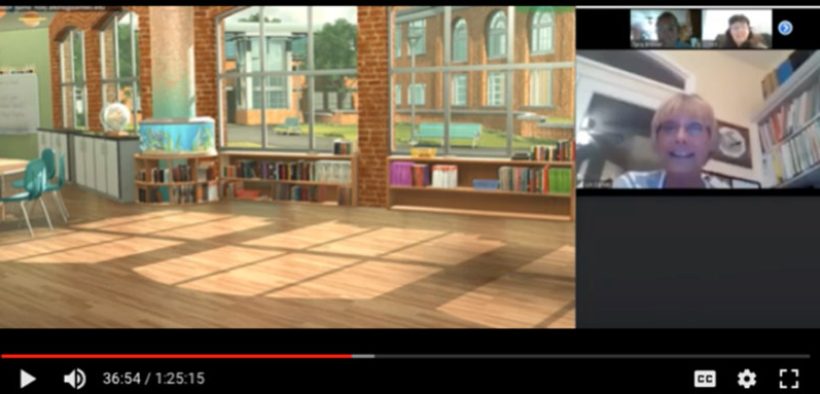Saint Leo University’s master’s degree programs in Education and Educational Specialist both have qualitative research courses that students find challenging. The courses are especially challenging for those students enrolled in the online programs where they do not have the opportunity to watch how others conduct research. Videos can help bridge this gap, but students are not able to interact with the videos or test ideas in a safe setting.
Enter Mursion, a company that provides pre-made mixed reality simulations that can be customized to meet the learning needs of business and education. The environments range from a classroom of about half a dozen middle-school students, to individual conversations with either a child or an adult. These are virtual, immersive training simulations that use mixed-reality avatars and live actors to deliver simulations of challenging classroom situations our students will encounter as educators.
Related Articles
I have two loves: teaching and learning. Although I love them for different reasons, I’ve been passionate about...
Active learning is a mostly meaningless educational buzzword. It’s a feel-good, intuitively popular term that indicates concern for...
Perhaps the earliest introduction a student has with a course is the syllabus as it’s generally the first...
Generative AI allows instructors to create interactive, self-directed review activities for their courses. The beauty of these activities...
I’ve often felt that a teacher’s life is suspended, Janus-like, between past experiences and future hopes; it’s only...
I teach first-year writing at a small liberal arts college, and on the first day of class, I...
Proponents of rubrics champion them as a means of ensuring consistency in grading, not only between students within...









